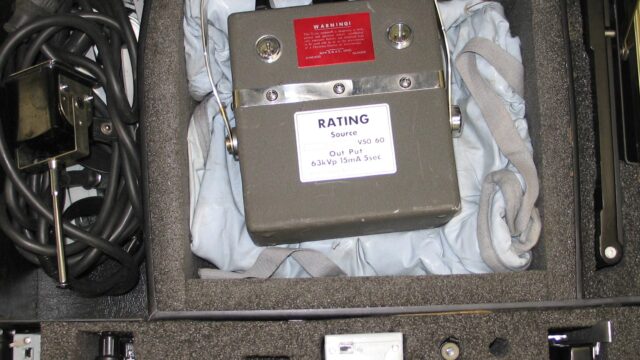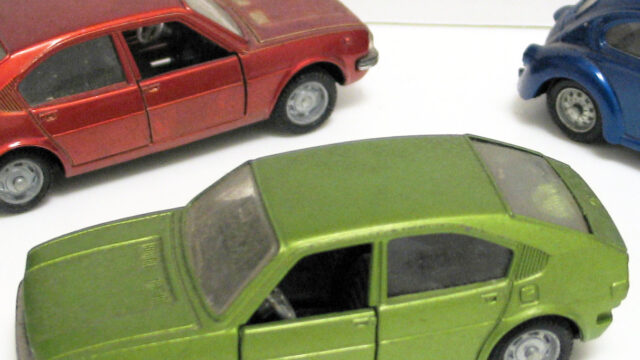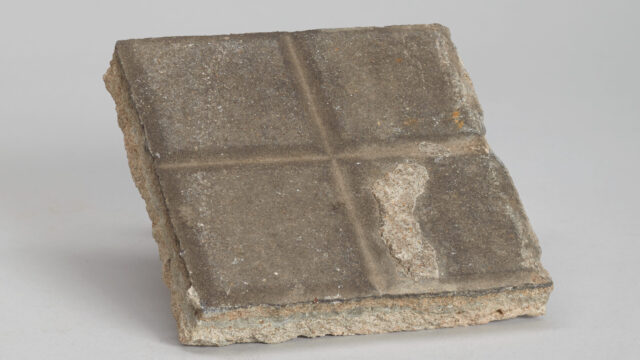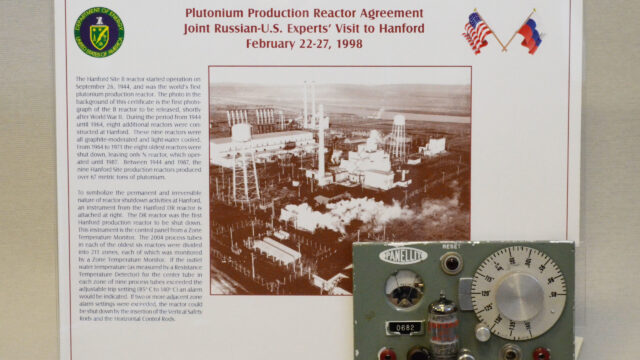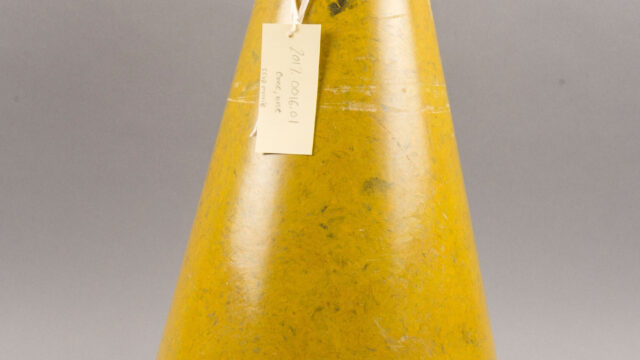Item
Framed Telegram from President Ford
On April 30, 1975, the South Vietnamese capital of Saigon fell to the North Vietnamese Army, effectively ending the Vietnam War. In the days before, U.S. forces evacuated thousands of Americans and South Vietnamese. American diplomats were on the frontlines, organizing what would be the most ambitious helicopter evacuation in history. This…

